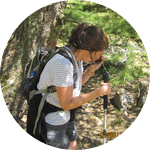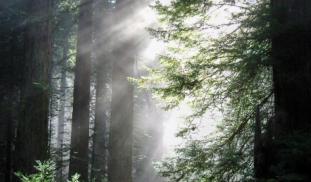Please wait...
About This Project
California climate models predict future high temperatures that reduce fog and threaten redwoods in hotter, drier parts of their range. Most tree models for climate change rely on models that focus on rainfall. Since redwoods use fog for water, rainfall-based models don't work for them.
To predict redwood population futures, we are creating a model that calculates redwood seedling stress tolerance, using fog and other microclimate factors not included in current models.
More Lab Notes From This Project

Browse Other Projects on Experiment
Related Projects
How do polar bears stay healthy on the world's worst diet?
Polar bears survive almost entirely on seal fat. Yet unlike humans who eat high-fat diets, polar bears never...
Uncovering hidden insect diversity associated with a likely undescribed gall-forming midge
Does a likely undescribed species of gall-forming midge (pers. comm. Ray Gagné) on Eriodictyon plants (Yerba...
Macrofungi of the California archipelago
The eight islands of the California Archipelago are a well-studied biodiversity hotspot — but we know almost...





